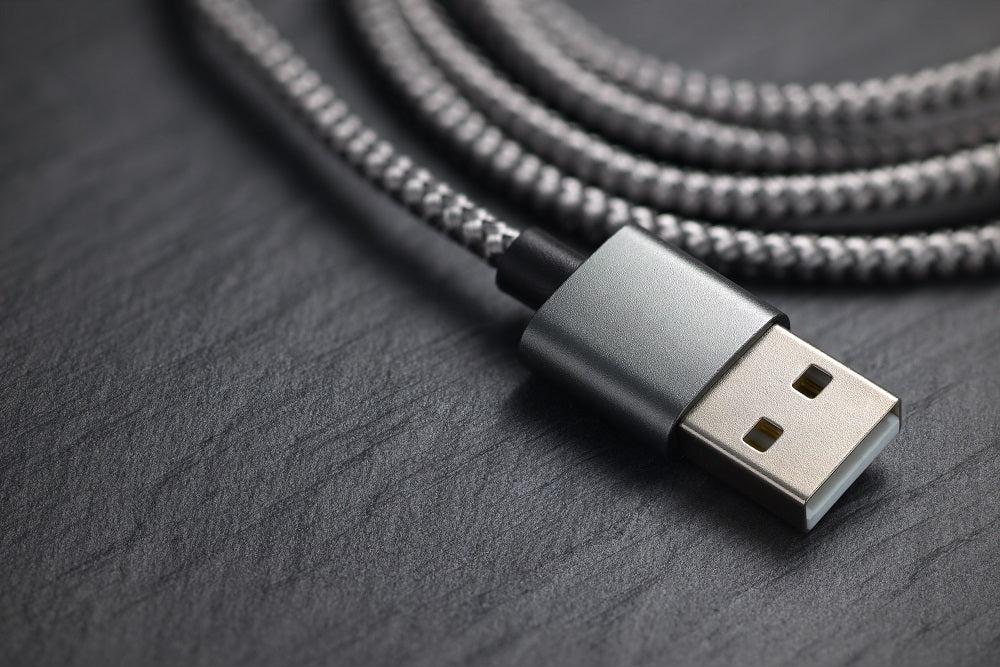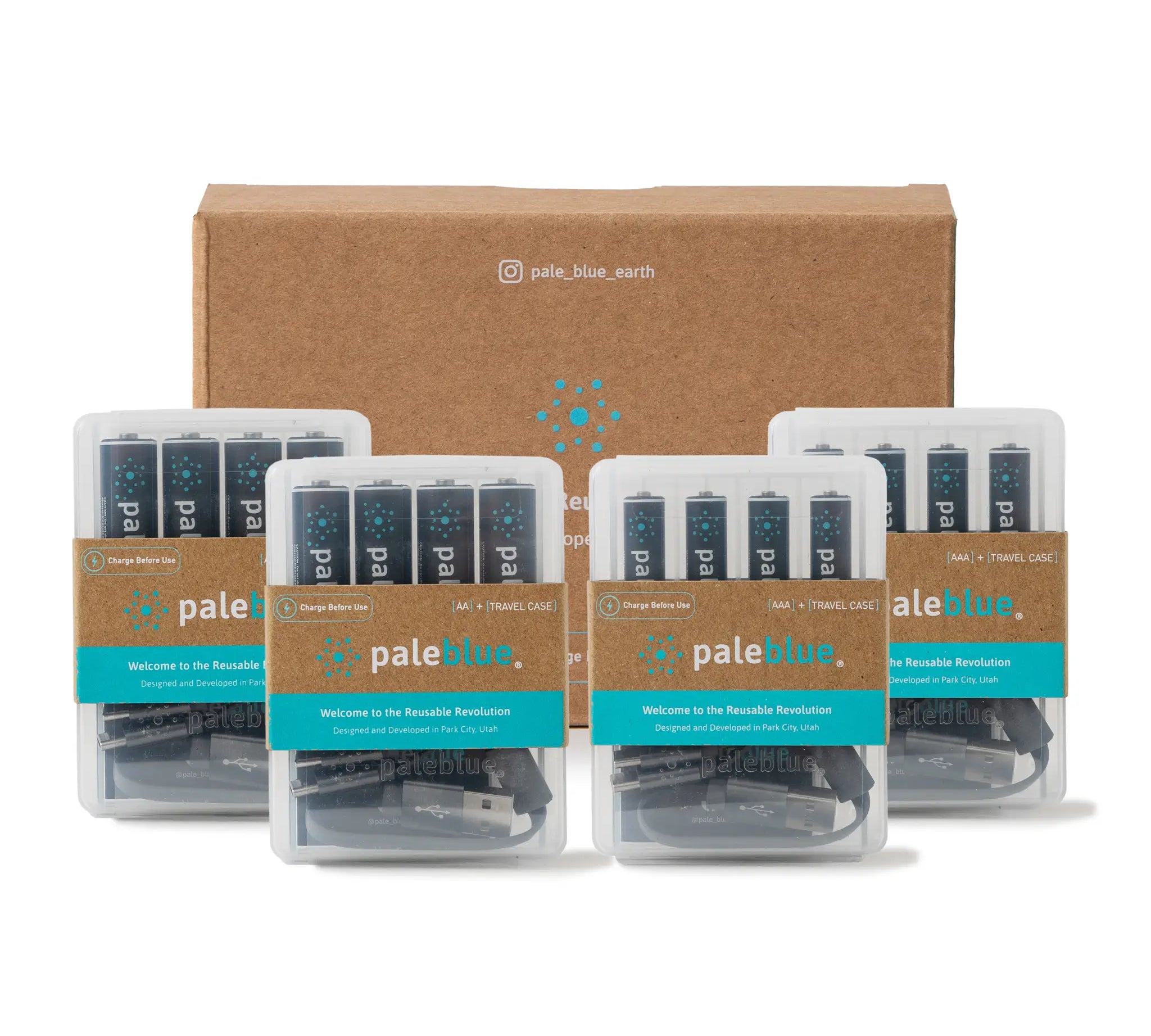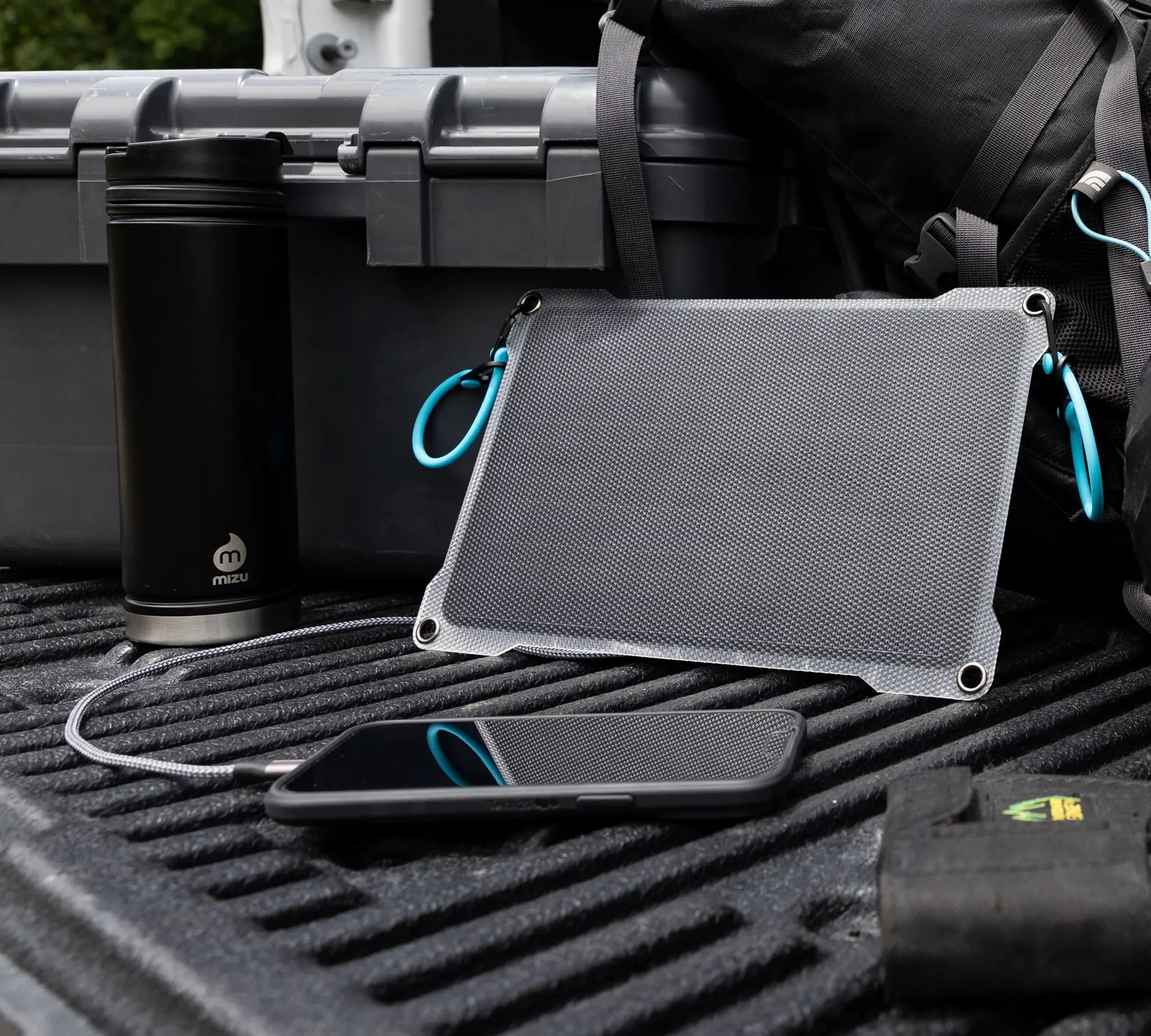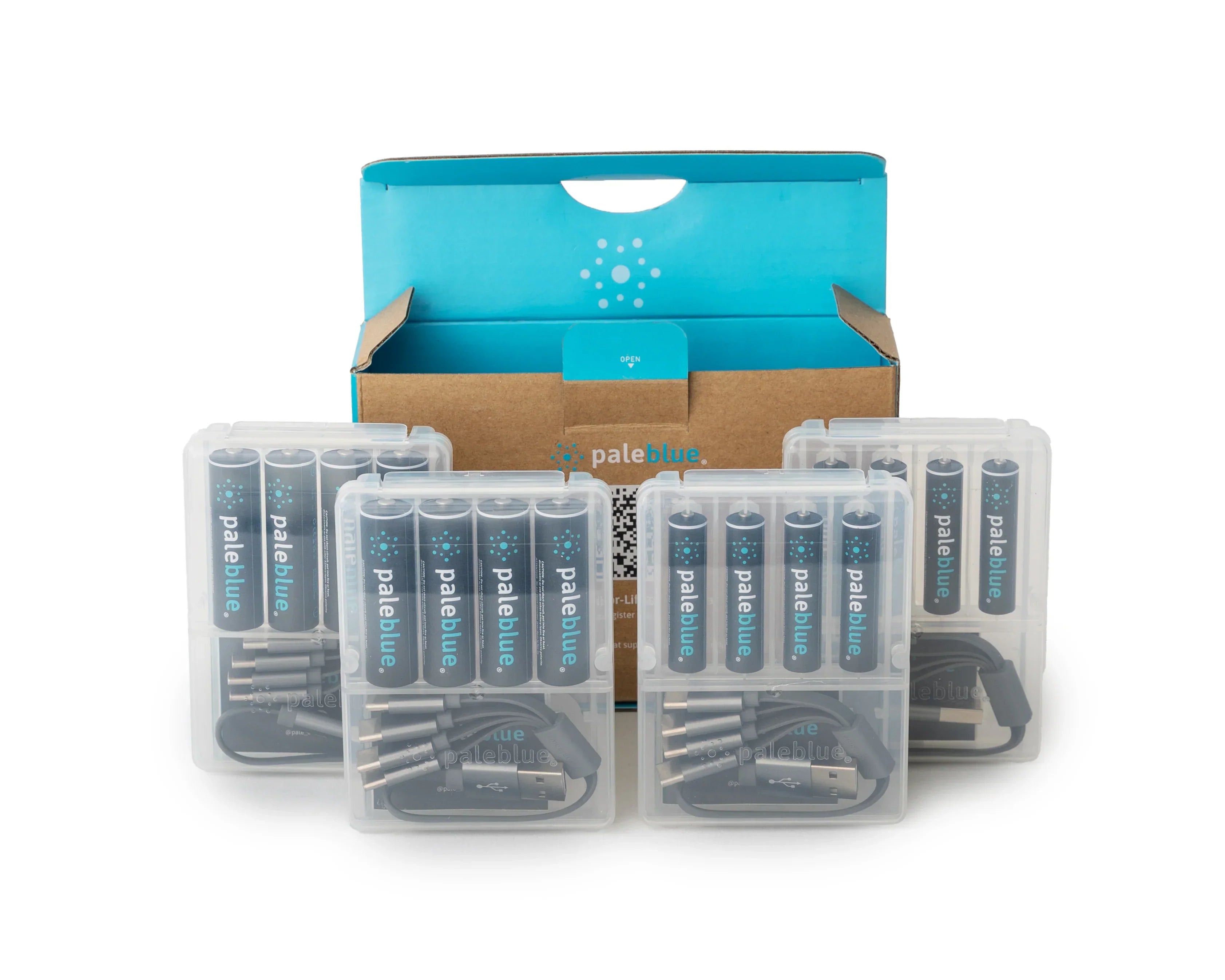Universal USB Power: A Revolution That Has Stalled

As recently as 2013, tech writers and futurists were predicting a rise in USB power delivery that would be so widespread it would threaten the existence of the current AC system. What was being called a power delivery revolution had a bright future. Now it has seemingly stalled. Yet that doesn't change our plans for USB rechargeable batteries.
USB is still an excellent delivery method for electricity and it continues to get better with successive generations of product innovation. USB is based on the direct current (DC) model championed by Thomas Edison. As good as Edison's power delivery proposals were, the world chose to go with Nikola Tesla and his alternating current (AC) model. But more than a hundred years later, our love of USB as a power delivery method proves that Thomas Edison was on to something.
Data and Electricity
The humble USB port was only intended to make connecting computer peripherals easier when it was launched 25 years ago. Despite USB cables being capable of conducting both electricity and data, it was really only the data that engineers were interested in. How things have changed.
USB ports built into desktop computers, laptops, and mobile devices still move data back and forth. When you plug your phone into your laptop to transfer photos, you are sending data across the cable even while your phone is being recharged. But for our purposes, it's the electricity that matters. That's why you can recharge our batteries using any standard USB port. We don't care whether it carries data or not.
So what about that power revolution? What's going on there? Unfortunately, not a whole lot, despite the advent of in-home power storage solutions. Accomplishing what visionaries were predicting some 10 years ago would require a complete overhaul of the world's power grids and more. This is going to take some time and effort.
Replacing Wall Outlets with USB
Gizmodo's Adam Clark Estes wrote a piece in 2013 explaining why he thought USB power delivery could replace the AC system in the near future. He talked about how USB power delivery works and how it is so cheap and easy to deploy. None of that is arguable. USB rechargeable batteries are a reality in 2021 for all the reasons Estes mentioned in his article.
Estes then went on to cite examples of how USB power delivery was being scaled up. One of the things he mentioned was pairing USB power delivery with solar power. A solar voltaic system, like one you might install on your roof for supplemental power, converts solar energy into DC power. As the thinking goes, a solar energy system robust enough to provide 100% of a household's electricity needs could deliver that electricity through USB ports.
In theory, the entire grid system in every country in the world could be transformed into a DC system. After that, universal USB power delivery would be fairly easy and cheap to implement. Then we wouldn't just be charging batteries via USB cables, we would be running every electrical device now plugged into an AC outlet via USB ports.
It May Still Happen
The USB power delivery revolution Estes talked about in his 2013 piece has stalled for the simple fact that replacing global AC power with a DC system would be too costly and time-consuming. So for now, things are progressing slowly. But don't lose hope. It may still happen as the technology improves and becomes more affordable.
In the meantime, let us appreciate the USB power delivery we currently enjoy. From our standpoint, it starts with USB rechargeable batteries. USB is the perfect power delivery system for lithium-ion batteries because it is cheap to develop an easy to deploy. And as the name suggests, it is nearly universal. USB makes our batteries as convenient and fast charging as many computer peripherals and consumer electronics. We wonder what is next for USB?
- Tags: Performance Sustainability







